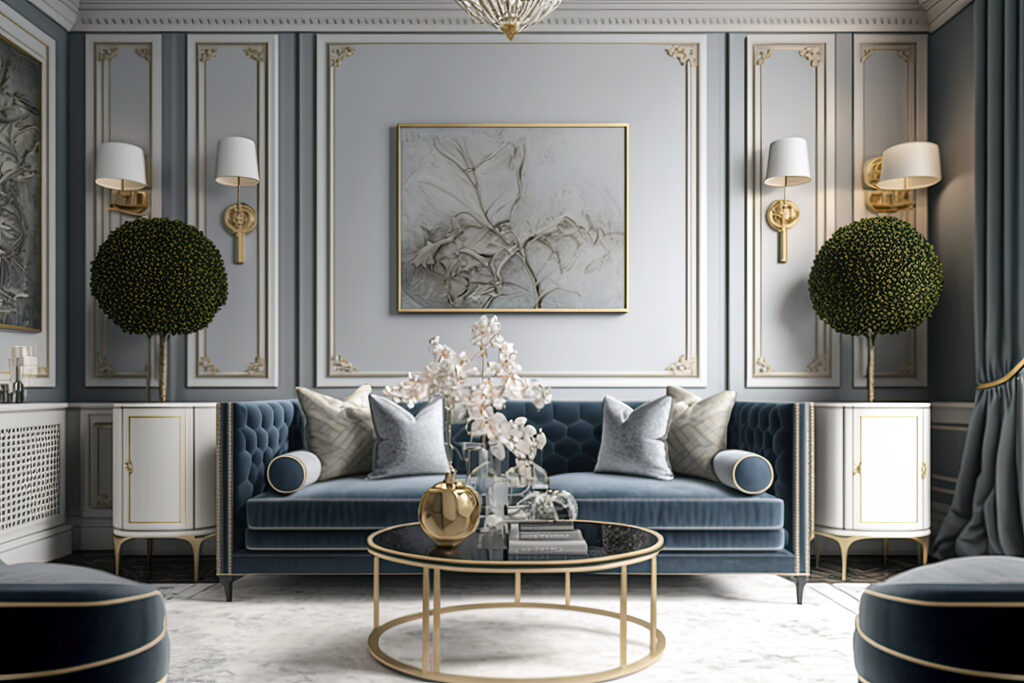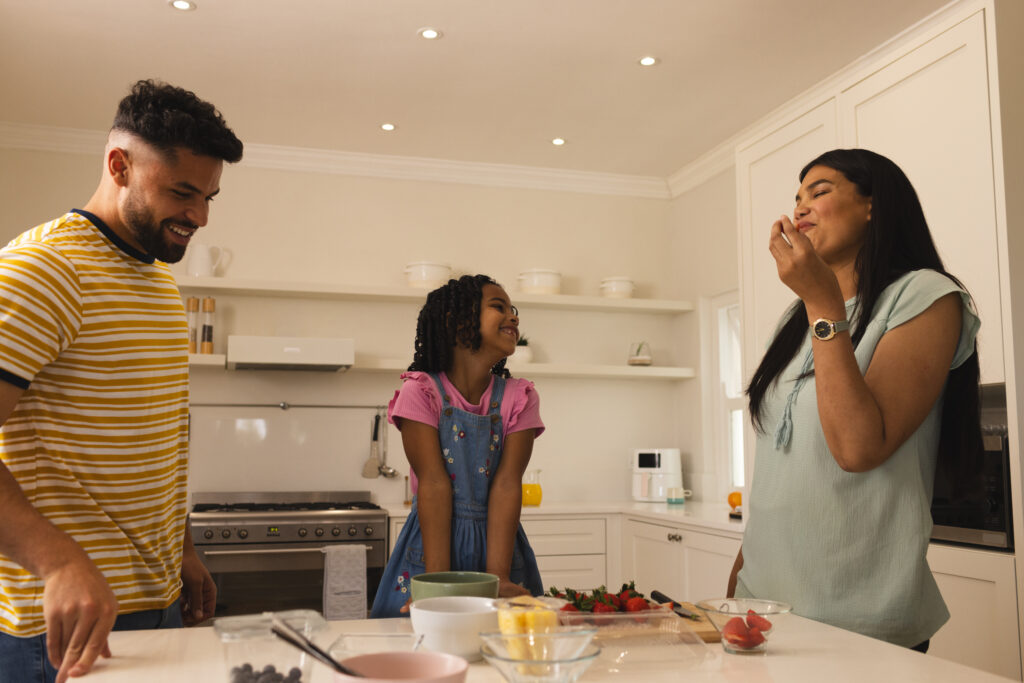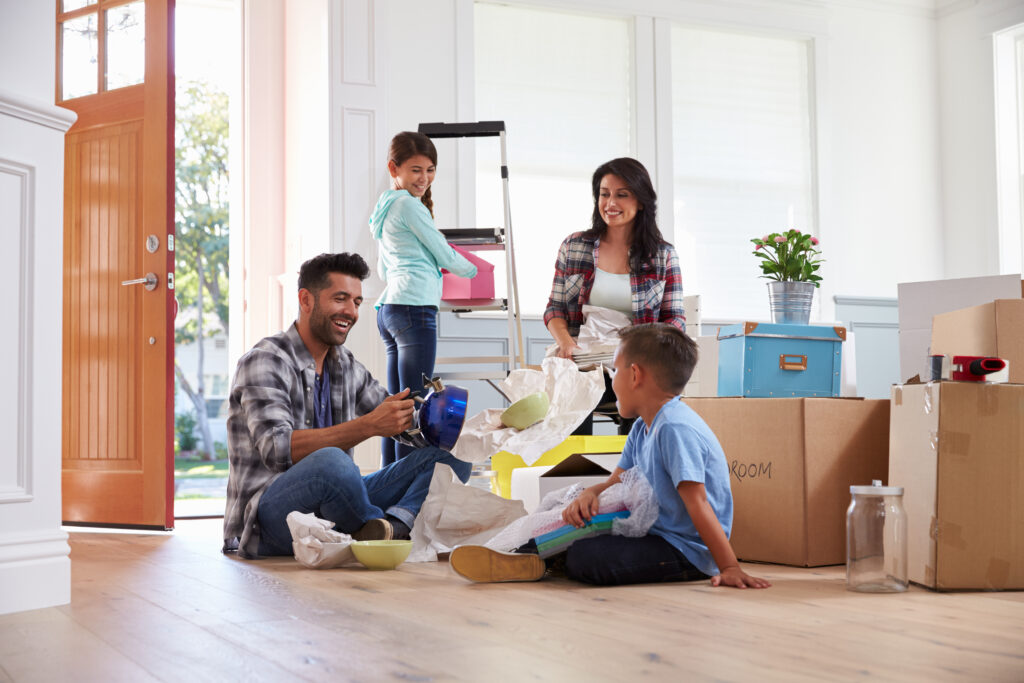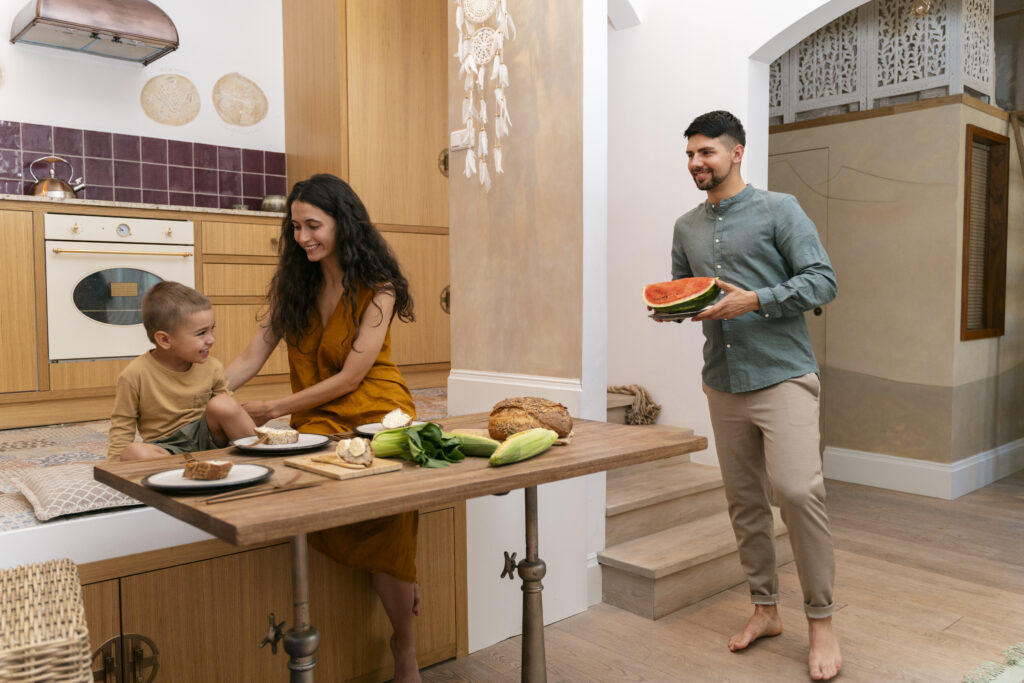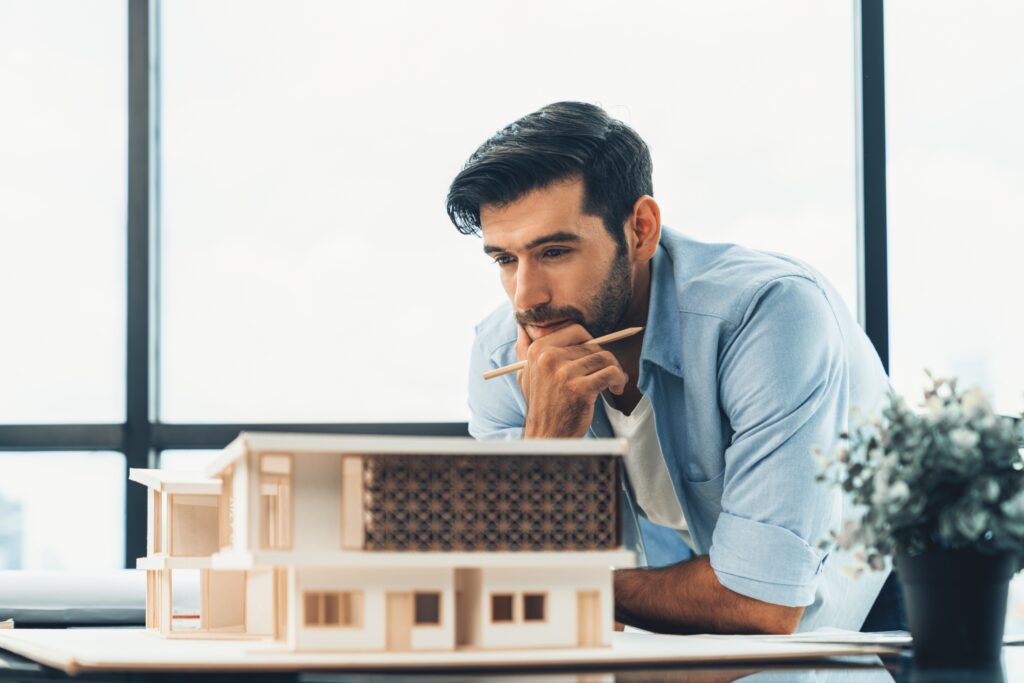Interior Design Living Room Tips for A Perfect Home
The living room is the heart of every home. It is where families spend time together, guests are welcomed, and relaxation happens at the end of a long day. Designing a living room that is both stylish and functional is not always easy. You want a space that looks beautiful but also works well for your everyday lifestyle. This is where interior design living room ideas play an important role in creating a perfect balance. In this blog, we will explore ten practical and modern interior design living room tips that help you achieve comfort, functionality, and timeless beauty in your home. Smart Interior Design Living Room Ideas From furniture choices to lighting strategies and colour palettes, these ideas will guide you to create a space that feels inviting and well-designed. 1. Choose the Right Layout The foundation of any interior design living room plan lies in the layout. A good layout ensures smooth flow, maximises space, and balances furniture placement. Think about how you use the room most often. If entertaining is a priority, arrange seating to encourage conversation. For smaller spaces, floating furniture away from walls can make the room appear more open. 2. Invest in Comfortable Seating Seating is the core of every living room. In interior design living room planning, choosing the right sofa or sectional is essential. Opt for pieces that are both stylish and comfortable. Add accent chairs, ottomans, or poufs to provide flexible seating options for guests. Comfort should always come first, as the living room is where you spend long hours relaxing. 3. Create a Focal Point Every interior design living room benefits from a focal point. This could be a fireplace, a statement wall, a large piece of art, or even a stylish media unit. A focal point anchors the design and gives the eye a place to rest. It also helps you decide how to arrange furniture and decor around it, creating a balanced look. 4. Use Lighting to Set the Mood Lighting is one of the most powerful tools in interior design living room ideas. Layer your lighting with a mix of ambient, task, and accent lights. Chandeliers or pendant lights provide general illumination, while floor lamps or table lamps create cosy reading corners. Accent lighting, such as wall sconces or LED strips, highlights architectural features and adds warmth to the space. 5. Add Colour with Purpose Colour plays a major role in shaping the mood of your interior design living room. Neutral shades like beige, grey, and cream create a timeless and calming environment. Bold colours can be added through cushions, rugs, curtains, or artwork for personality and vibrance. A balanced palette ensures the room feels cohesive and inviting. 6. Incorporate Smart Storage Solutions Clutter can ruin the beauty of even the best interior design living room. Incorporating smart storage keeps your space neat and functional. Built-in shelves, multipurpose furniture like coffee tables with storage, or wall-mounted units help organise essentials without compromising style. Keeping surfaces tidy makes the room feel larger and more polished. 7. Play with Textures and Fabrics Textures bring warmth and depth to interior design living room planning. Mix different materials like leather, velvet, wood, glass, and metal to create visual interest. Soft furnishings such as rugs, cushions, and throws make the room feel cosy and inviting. For example, the concept of biophilic design can be incorporated by using natural materials and earthy textures to bring a calming effect indoors. 8. Personalise with Accessories Accessories add character to your living room. In interior design living room tips, small details like photo frames, vases, plants, and decorative objects play a big role. These elements reflect your personality and lifestyle. Be mindful not to overcrowd surfaces; instead, opt for curated pieces that create balance and harmony in the room. 9. Make Use of Mirrors Mirrors are a simple yet effective trick in interior design living room design. They reflect light, making the space appear larger and brighter. A large statement mirror or multiple smaller ones can be used to create dimension. Placing mirrors opposite windows also enhances natural light, giving the room an airy and open feel. 10. Balance Beauty with Functionality A perfect interior design living room is one that balances beauty with practicality. While aesthetics matter, functionality should always guide your decisions. Choose furniture that fits the room size, materials that are easy to maintain, and decor that enhances usability. A beautiful living room is not just about looks; it should also support your daily lifestyle. Conclusion Designing a living room that feels warm, stylish, and functional requires thoughtful planning. Each element plays a vital role in shaping a living room that is practical yet elegant. Your interior design living room should reflect your personality, support your lifestyle, and make every moment spent there more enjoyable. By combining these strategies with your own creativity, you can create the perfect living room that balances comfort, beauty, and practicality. 📞 Contact us today for a free design consultation and start your journey to a more beautiful home.

